I first got interested in sharpies after building an Arch Davis-designed Laughing Gull and sailing it for some 10 years. I became enamored with its speed and shallow draft. When I moved from Miami to New Orleans, I found that the best sailing here is during the cooler months, but it was hard to find crew willing to take spray on that 16′ open boat on chilly days. I needed a bigger boat, and I wanted it to be a sharpie.When I discovered the Norwalk Islands Sharpie 23 (NIS 23), I knew that it was the one for me. The NIS class ranges from 18′ to 31′ and was designed by the late Bruce Kirby, who is best known for creating the globally popular Laser. He deemed his Sharpie-class boats “cruising Lasers for grown-ups.” Kirby’s sharpies are flat-bottomed, centerboard cat-ketches with unstayed masts. Prior to getting my hands on a Norwalk Islands Sharpie 23 for myself, I read an article by Robert Ayliffe, arguably the world’s foremost advocate for the class, in Australian Amateur Boat Builder in which he described crossing the treacherous Bass Strait in his NIS 23 and reaching 17.5 knots surfing down swells. The NIS 23 seemed like an affordable way to have a high-performance cruising boat, and I wanted to experience this speed for myself. The mainsheet is anchored to a traveler forward of the mizzenmast, and the mizzen’s sheet leads forward to the base of its mast. Both are within easy reach of the helm.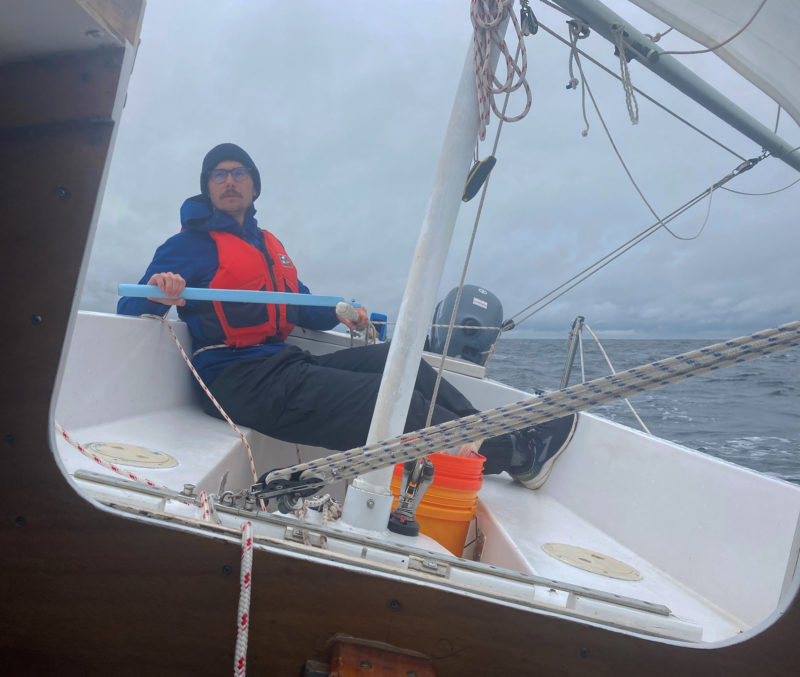 W. Peter Sawyer
W. Peter Sawyer
Join The Conversation
We welcome your comments about this article. If you’d like to include a photo or a video with your comment, please email the file or link.
Comments (3)
Leave a Reply
Stay On Course

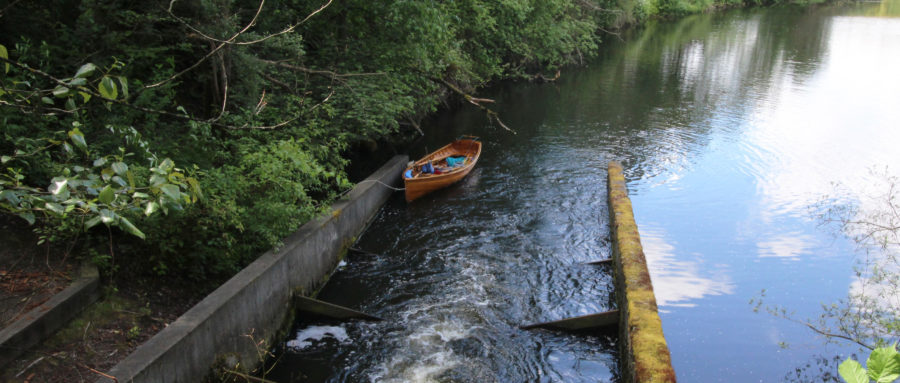
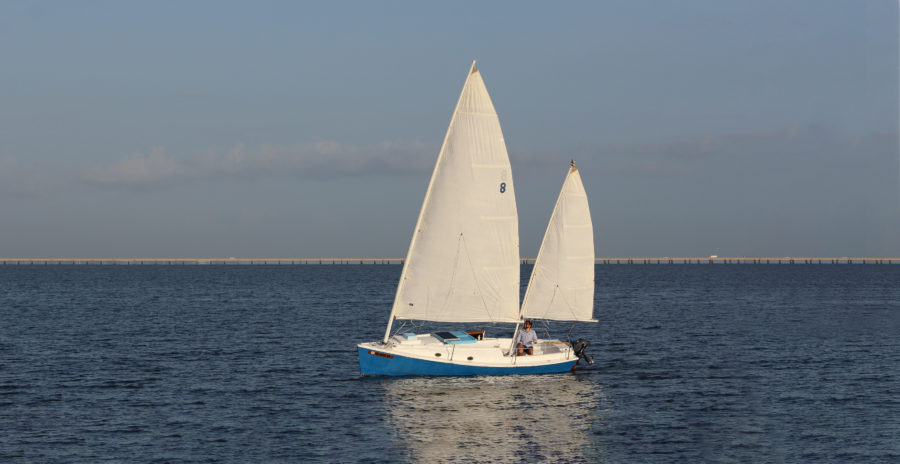
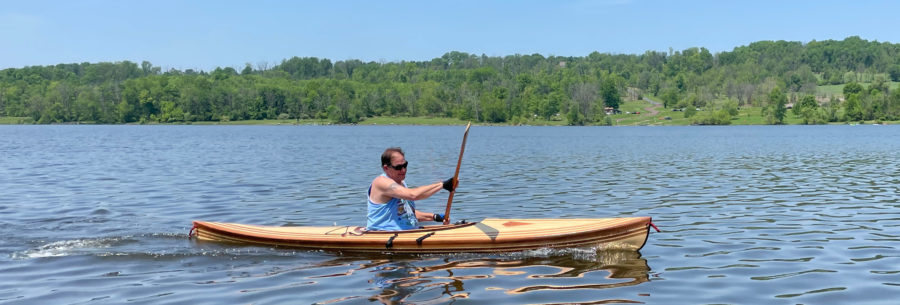
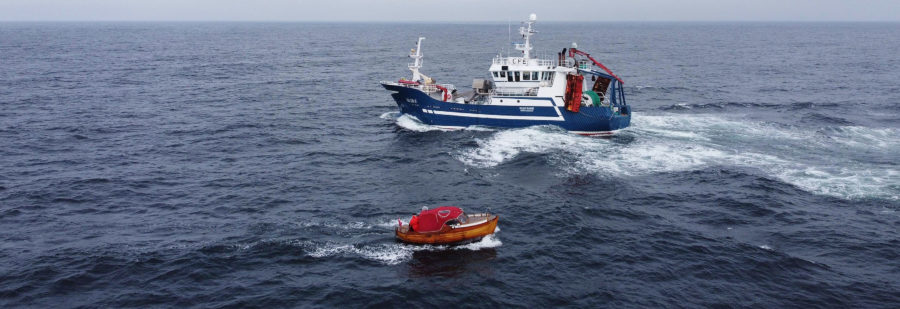

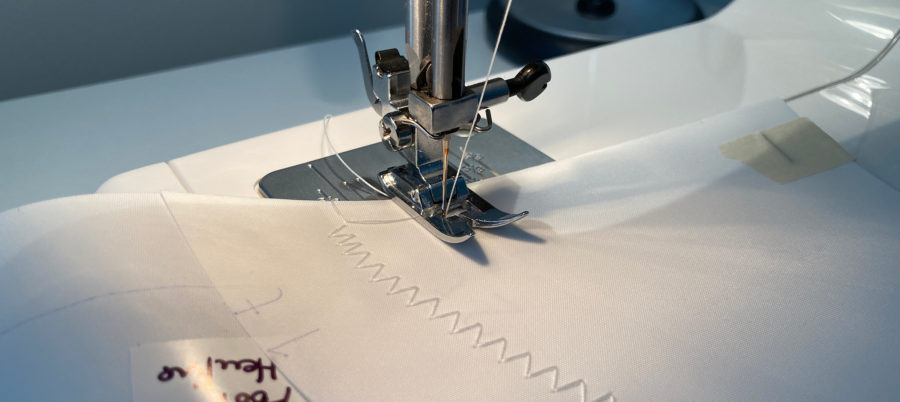
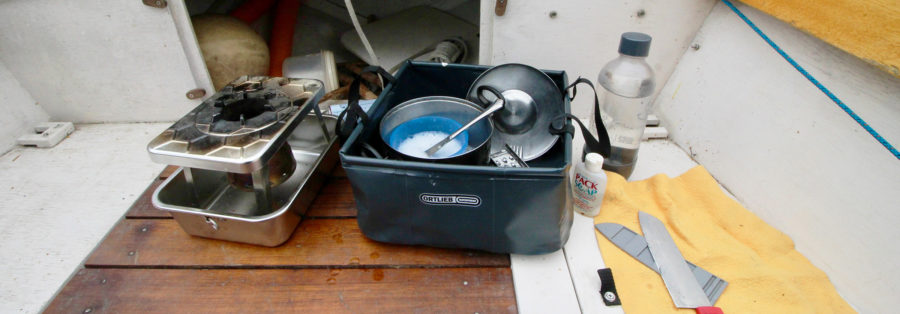
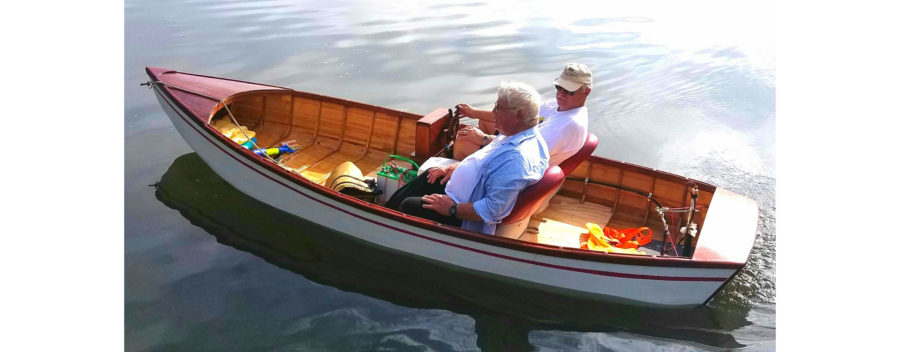
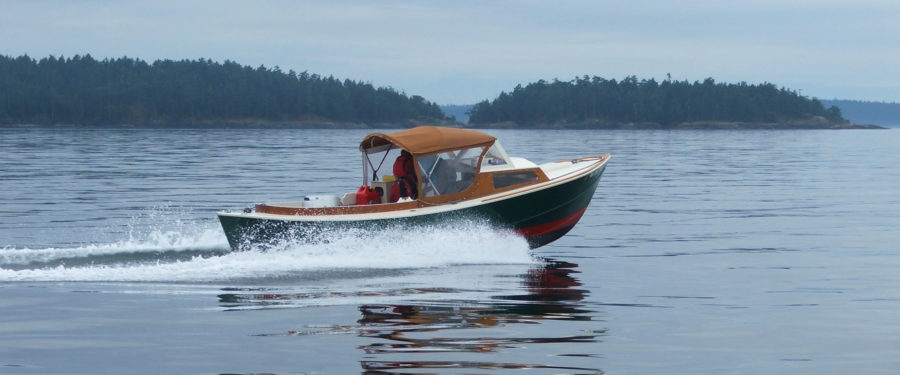
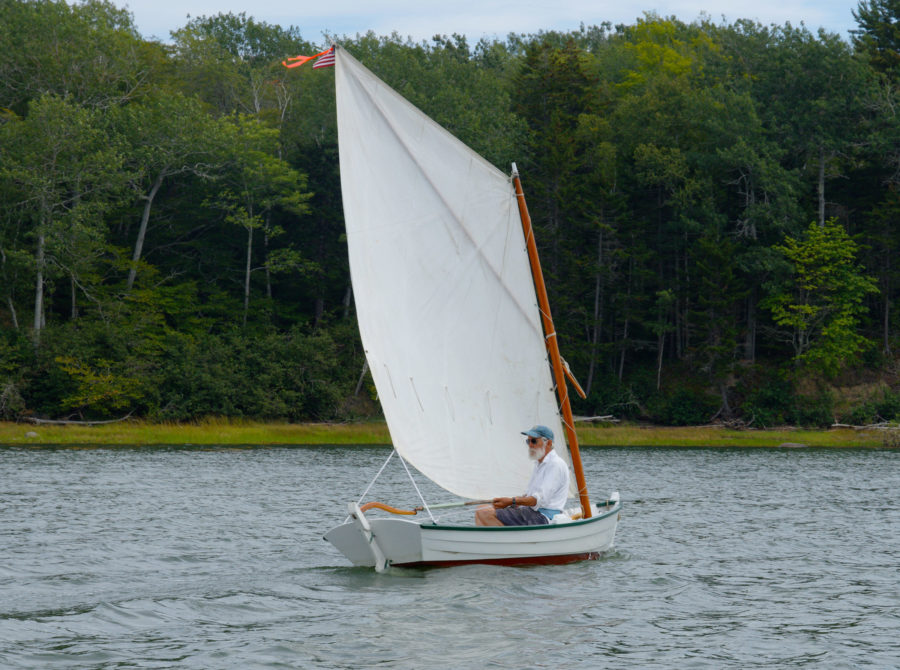
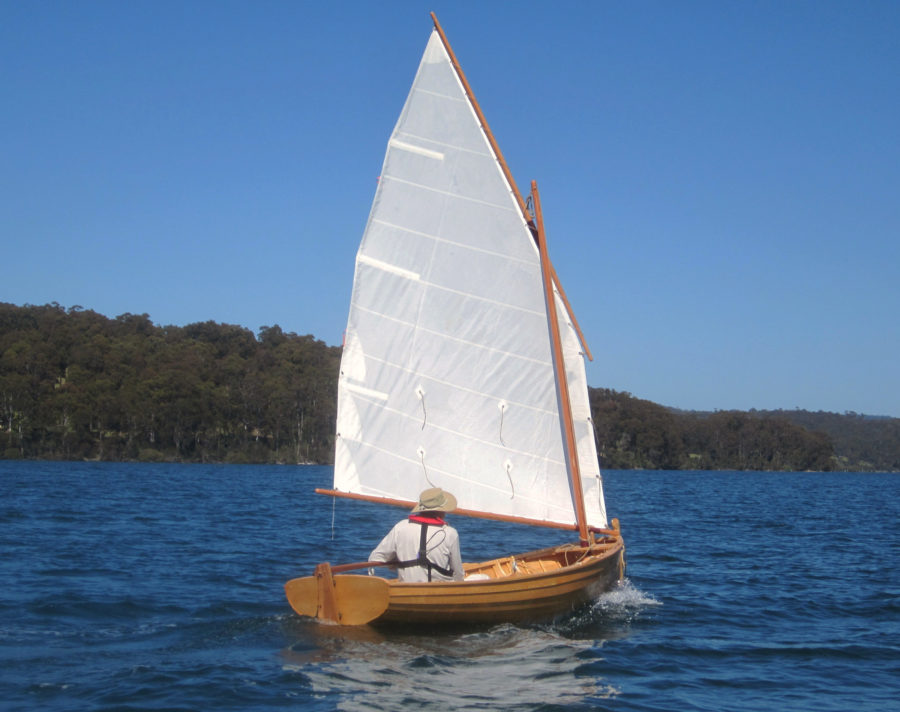

This might be just the thing for the bay side of the eastern shore on the Chesapeake. Am imagining runs from Onancock to Tangier.
I built one of the first 18′ NISs, cat rigged. The mast was fiberglass, built like a fishing pole-the diameter tapered, and the wall thickness also. It was built in Florida, and I had a heck of a time getting it to my shop here in Wellfleet. It arrived the day before the scheduled launch day, I had just enough time to put a coat of primer on it . We rigged and launched the boat, and the owner took the helm and sailed straight for Martha’s Vineyard, I never got a sail on the boat!
PS- The owner was very happy with the boat, enjoyed it for many years.
You may consider replacing the Aluminium centreboard with a proper foil, it can do a lot to improve pointing to wind.
Great article about a great boat.